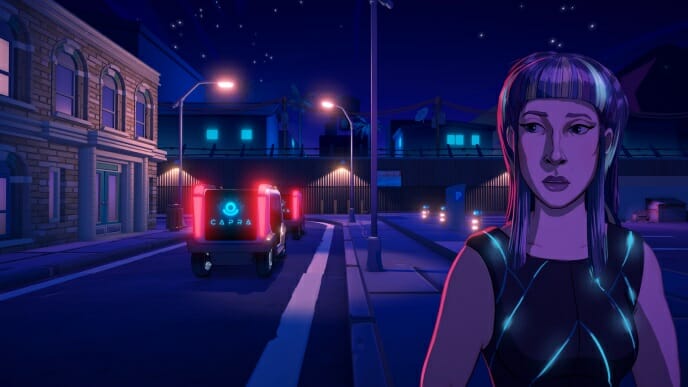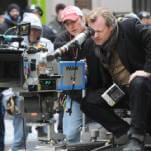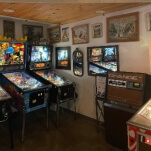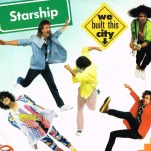On the Lonely, Gentrified Streets of Neo Cab

Beneath the veneer of its cerulean and purple glow, the city Los Ojos is a monotonous place. Its clinical uniformity is the backdrop against which Lena, the protagonist of Neo Cab, lives her life. There are no crowds on the sidewalks of Los Ojos. No distinct signages mark the location of restaurants or stores. Homes and hotels are replaced with sleep pods and Airbnb, and most nights, Lena spends her time hustling just enough cash to have a place to sleep. The monotony of her routine is mirrored in her surroundings; every one of the streets she drives is just like the next. For all its bustle and thriving nightlife, Los Ojos may as well be a ghost town. There are few distinguishing features in the parallax scrolling of her life.
In terms of how the game was designed, the cold repetition of Neo Cab’s streets (illustrated adeptly by art director Vincent Perea) was likely as much a practical decision as it was a creative one. Many forms of animation feature a repeating background. Not only does it allow writers to tell a story without getting bogged down by details that aren’t necessary to the plot, it also avoids drawing attention to irrelevant details. It’s also a handy way to demonstrate the impersonal feel of a city, while also saving money and time.
But what it reflects, whether deliberate or accidental, is an inhospitality seen in what writer Charles Mudede recently called “second-wave gentrification”. The term, building on the work of urban sociologist Ruth Glass, was also recently used by Stanford professor Adrian Daub to describe the shifting economy in San Francisco and explain how prosperity has actually changed the community for the worse.
Whereas first-wave gentrification displaces small businesses and middle to lower class residents as the neighborhood gains real estate value, eroding the institutions that make lower class life bearable, second-wave gentrification goes further: after it drains a community by raising the rent, it lets empty buildings sit, waiting for the day the market will “bounce back” to get a return on their investment, even as all signs of habitation ebb away. What first-wave starts, second-wave finishes, turning a metropolis into a rich man’s playground, where amenities like grocery stores and laundromats are replaced by hired help and Amazon Prime Now. It consumes only what others have built, and discards an empty husk.







































